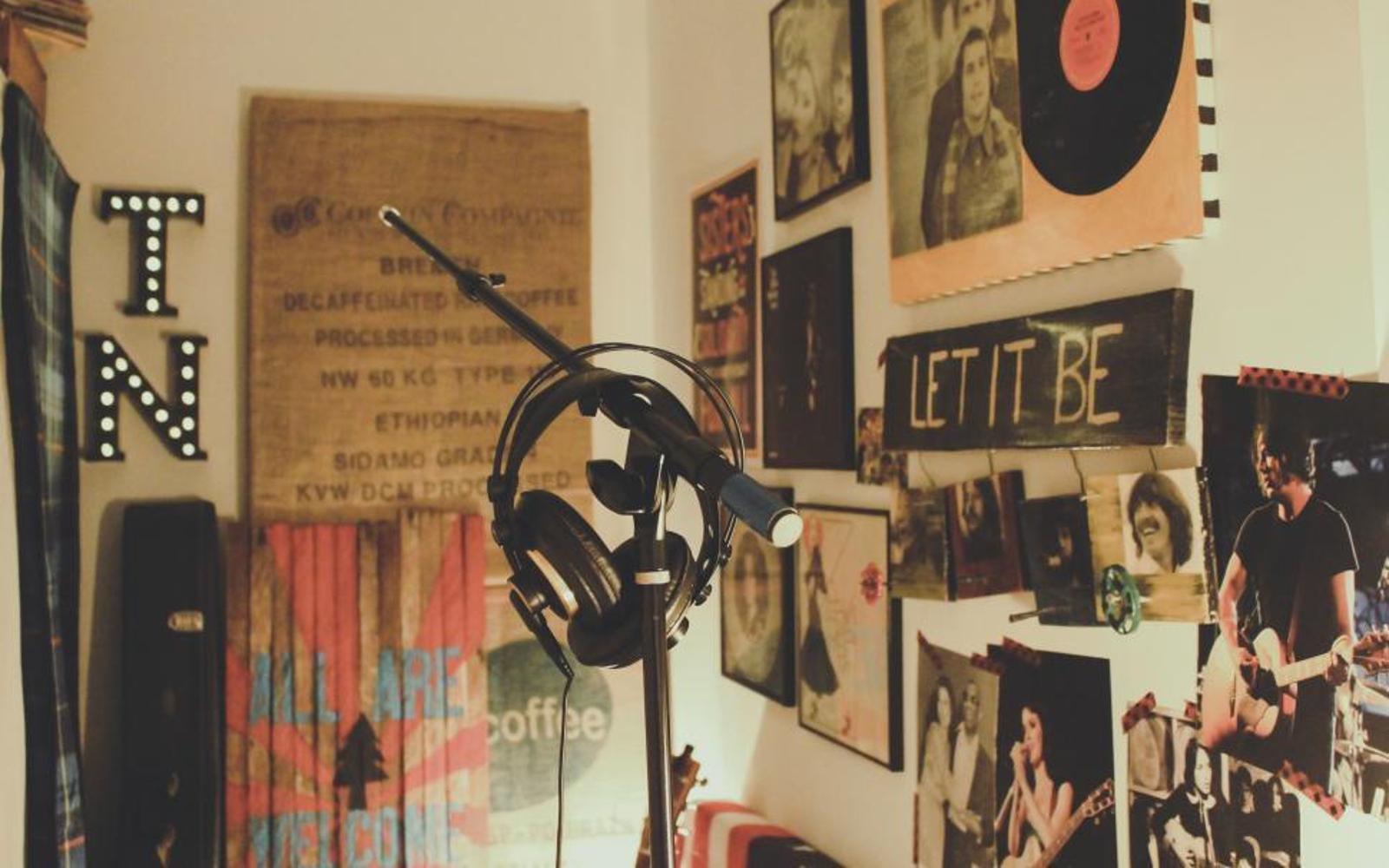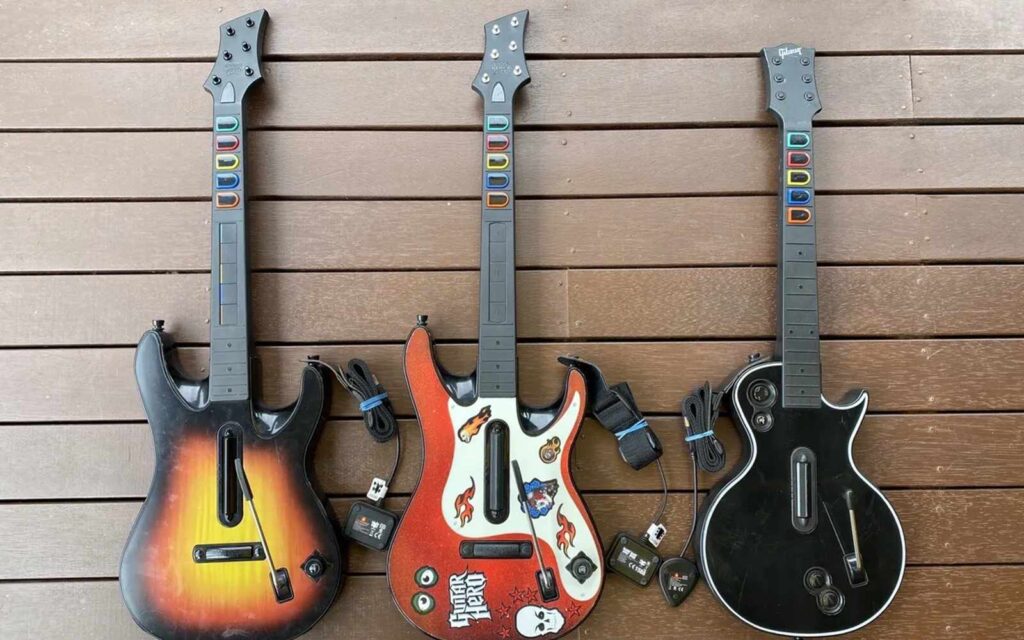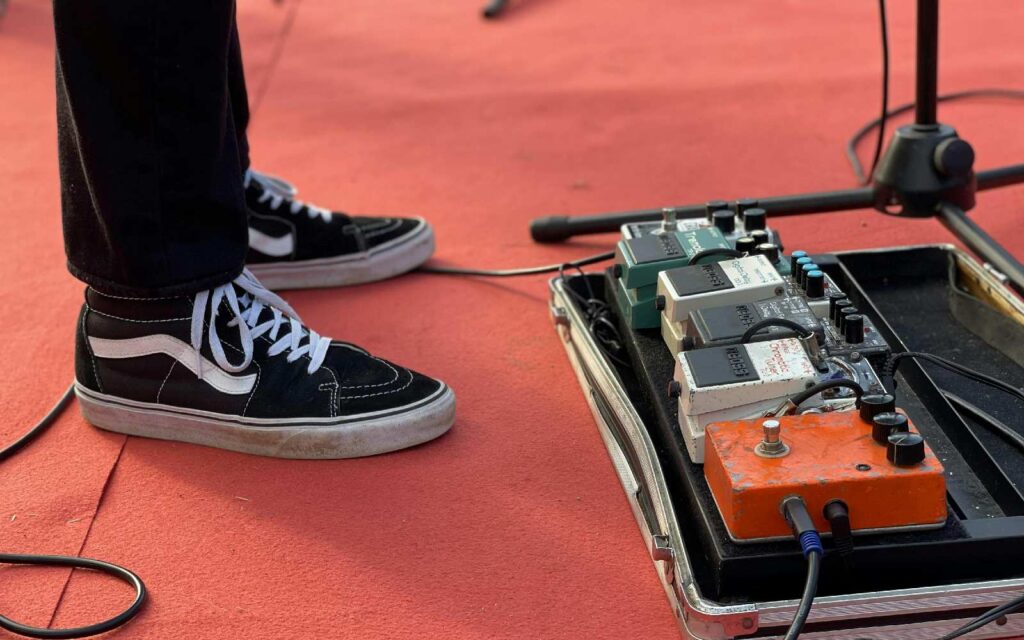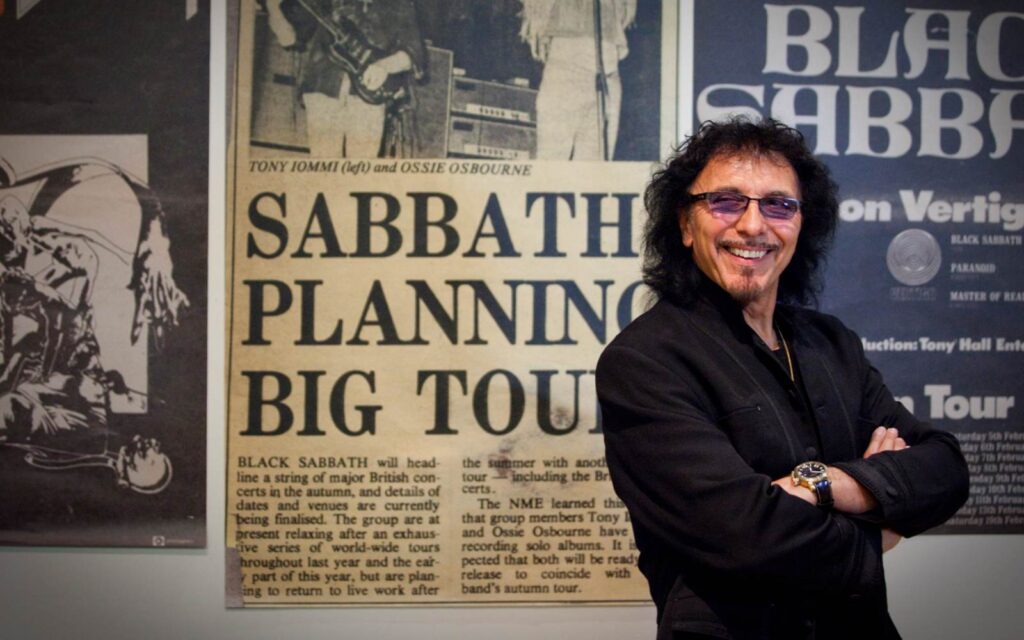A trusty set of cans might just be the most consistent piece of equipment in an environment plagued by acoustic imperfections.
It may be impossible to eliminate environmental sounds or tackle all unwanted reflections within a home studio, but there are some things we can do to achieve consistency, even if there are some things that just aren’t possible with the limitations of many a home studio. So, putting aside the limitations of budgets and physical space, we are able to treat the space we work with to achieve certain results when listening through studio monitors. It begs the question of whether mixing within cans, or headphones, would deliver more consistent results. There are pros and cons to both methods and it all depends on how we work and the space we work within.
Read up on all the latest features and columns here.
The can
Mixing with headphones can be a challenging task at the best of times. But, it is often the only solution for many home recording setups when the space doesn’t work with speakers, or when late nights require the volume to be kept to a minimum. What headphones do deliver is a very consistent listening environment that can, when well known and understood by the listener, be very usable. They do reduce any environmental noises that could hinder your listening and place just you and the music into the one space. That, however, can be the biggest hindrance when mixing with headphones, the small space that the sound occupies. You lose the sense of depth to the sound and an accurate stereo image that is very hard to replicate
Home recording studio
The problem here is that everything you hear through your left ear is just that which comes from the left speaker. All that you hear through your right ear is just that which comes from the right speaker. This is not normal as your brain is used to hearing sound form both speakers in both ears. There is no bleed from the left to the right and vice versa, which you would normally hear within any room when listening to a stereo image. Further to that, there are no reflections from the space itself; you get a direct transference of sound from the speakers to your ears. Nothing is added by the room, delivering consistency, but also an unnatural listening environment. This needs to be taken into consideration when mixing, allowing for a room that is not actually being heard.
The cannot
Of course, there is the flip side to this, and that is the consideration of who is going to be listening to the music you produce and how they are going to listen to it. So much music is consumed these days in headphones and earphones, so it is not unwise to rule out the need to mix with cans in the studio. Even when your room is well treated and tuned to work effectively with your choice of studio monitors, referencing your mix from a pair of headphones is always a wise move. Just as taking a CD of the mix out to your car to hear how it sound on a car stereo, testing with cans is an important step in insuring your mix sounds right in a number of environments.
What ultimately comes of this is that you can’t achieve a good mix with just one method of monitoring, no matter how good it is. You need to take into consideration all of your environmental issues and then multiply the possibilities to extend to the variations your listeners will endure. For this reason, mixing for film or television can be a lot simpler than mixing for CD as there is a more consistent listening environment. Now, we even need to consider that our music will most likely be listened to through a computer, be it through headphones or through the speakers of a laptop or tablet, usually in a reduced quality due to compression and various file formats. So, getting it right for every audience is not going to be possible, but finding a happy medium is the best bet. That is why you know you can achieve great results mixing from the home studio with headphones and compact monitor speakers, given that your audience will often be listening to the music on similar.
The future is now
Building on, for lack of a better word, ‘regular’ headphones, there’s software available to ‘treat’ and change the environment you’re mixing in. Possibly most helpful of all is the ‘car’ emulation in programs like DearVR Mix, that helps you to check your mix in the car from.. well, anywhere you like! There’s also options for clubs, stadiums, mixing rooms and more.
Sonarworks know acoustic and mixing as well as anyone, keep reading about mixing and producing with headphones here.







